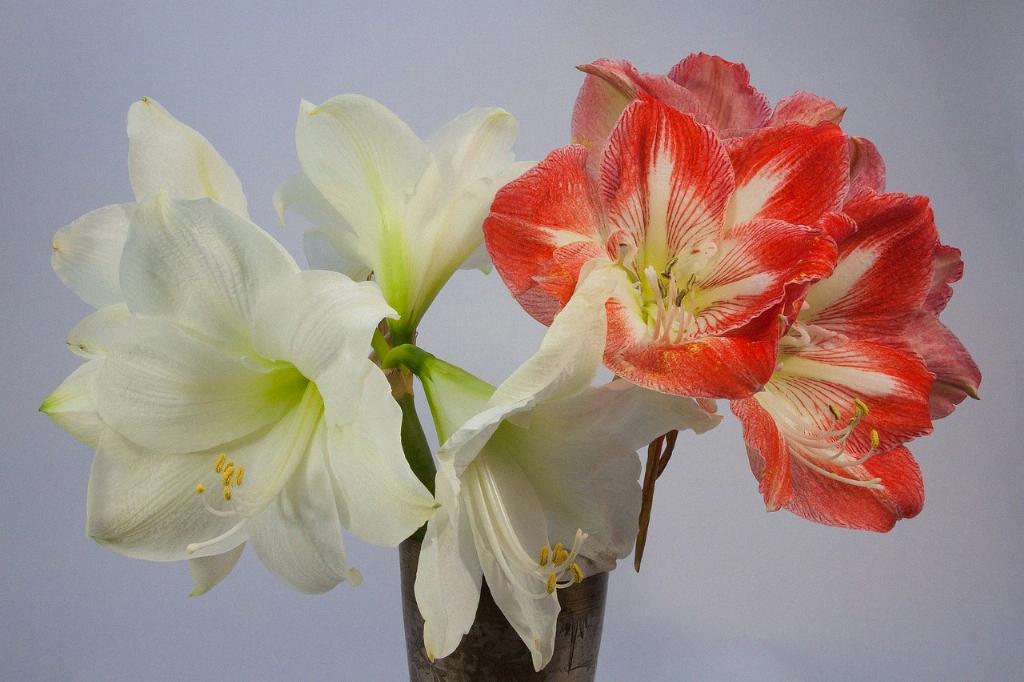Amaryllis plants are known for their tall, elegant stems and vibrant, trumpet-shaped flowers that bloom in various colors including red, pink, white, and orange. These popular houseplants are native to South America and belong to the Amaryllidaceae family. There are different varieties of amaryllis plants, with some producing single blooms while others have multiple flower heads on a single stem. Understanding the basic characteristics and growth habits of amaryllis plants is crucial for successful care.
Planting Amaryllis Bulbs
Planting amaryllis bulbs is a straightforward process that can be done in containers or directly in the ground. The key steps involve selecting a well-draining potting mix, planting the bulb with its neck above the soil surface, and providing adequate sunlight. Amaryllis bulbs should be planted in the fall for blooms during the winter months. Proper planting techniques ensure healthy root development and robust growth.
Amaryllis Plant Care
When it comes to caring for amaryllis plants, proper watering is essential. These plants prefer slightly moist soil but should not be overwatered to prevent rotting. Providing bright, indirect light and maintaining temperatures between 60-70°F (15-21°C) promotes healthy growth. Regular fertilization with a phosphorus-rich fertilizer during the growing season encourages blooming and overall plant health.
Common Issues and Troubleshooting
Common issues that may arise with amaryllis plants include yellowing leaves, stunted growth, or pest infestations. To address these problems, it’s important to identify the underlying cause and take appropriate action. Yellowing leaves could indicate overwatering, while pests like aphids can be treated with insecticidal soap. Timely intervention and preventive measures are crucial for maintaining plant vitality.
Repotting Amaryllis Plants
Repotting amaryllis plants is necessary when the container becomes crowded or the soil loses its nutrients. Typically, repotting is done after the blooming period when the plant is in a dormant state. Carefully remove the bulb, trim any dead roots, and replant in fresh soil to support future growth. Repotting allows for better root development and prevents overcrowding.
Amaryllis Blooming Tips
To encourage blooming in amaryllis plants, provide consistent care with proper light exposure and temperature conditions. Deadhead spent flowers to redirect energy for new blooms and prolong the flowering period. Applying a balanced fertilizer during the blooming phase can enhance flower production. With the right care, amaryllis plants can bloom multiple times throughout the year.

Conclusion
In conclusion, taking care of amaryllis plants involves understanding their unique requirements and providing adequate attention to detail. By following the guidelines for planting, watering, fertilizing, and troubleshooting, you can enjoy the beauty of blooming amaryllis plants year-round. Remember to monitor your plants regularly, adjust care routines as needed, and enjoy the rewarding experience of nurturing these stunning floral gems.
